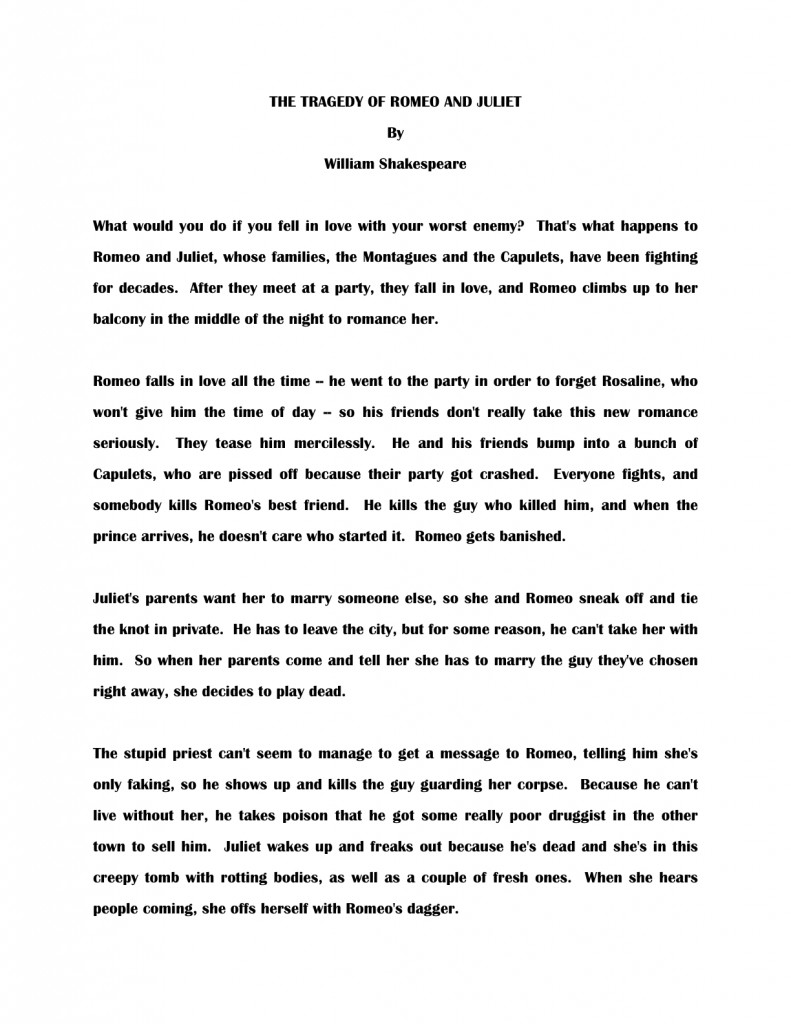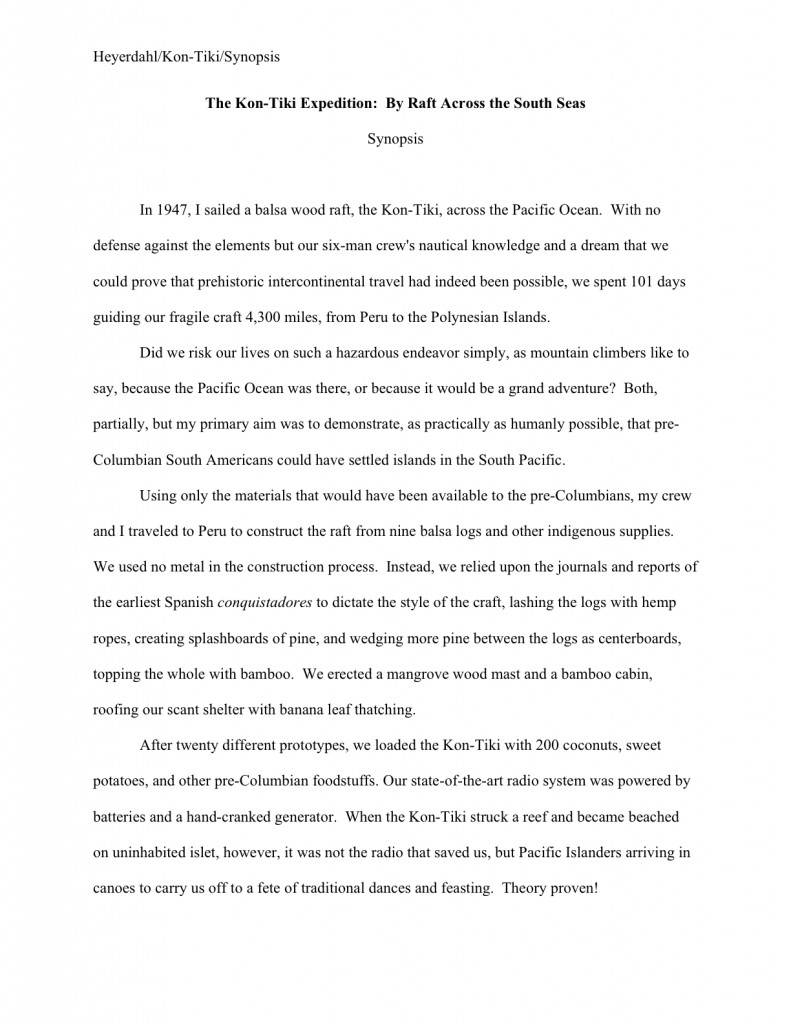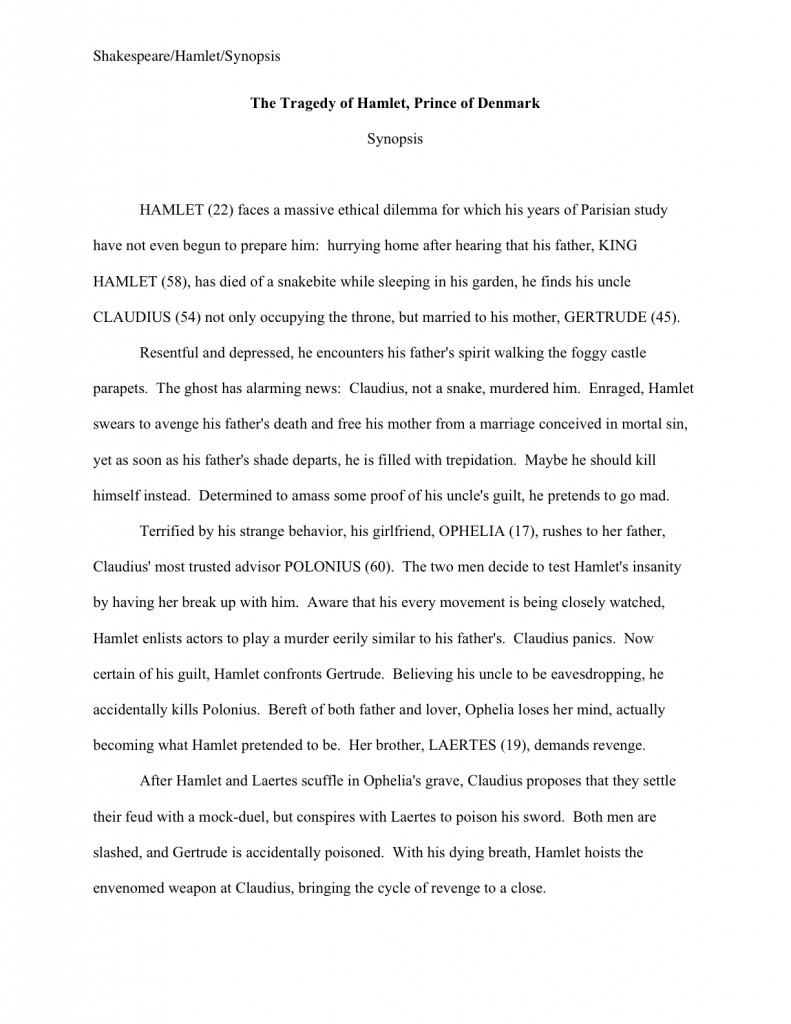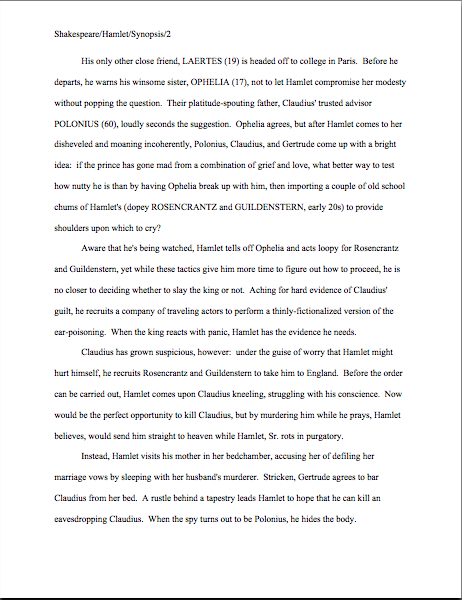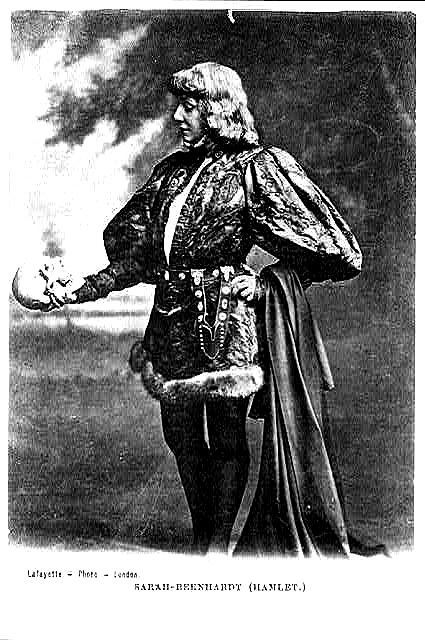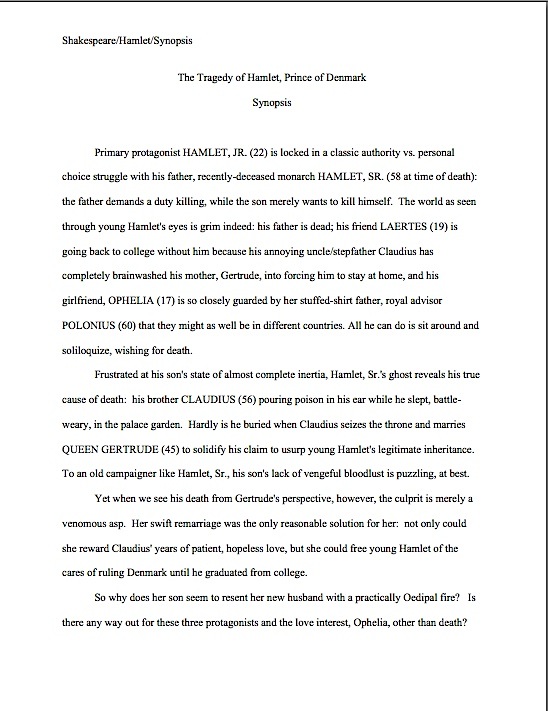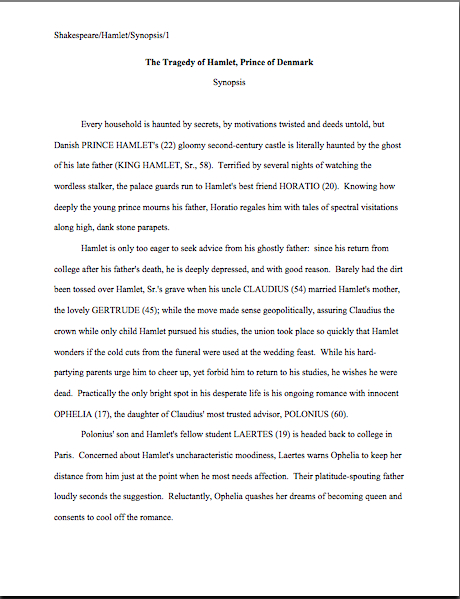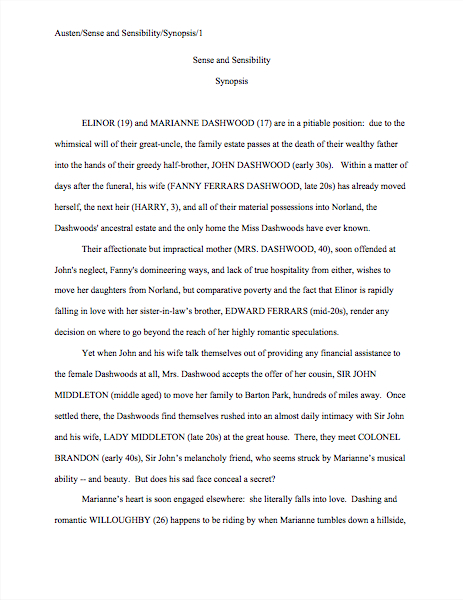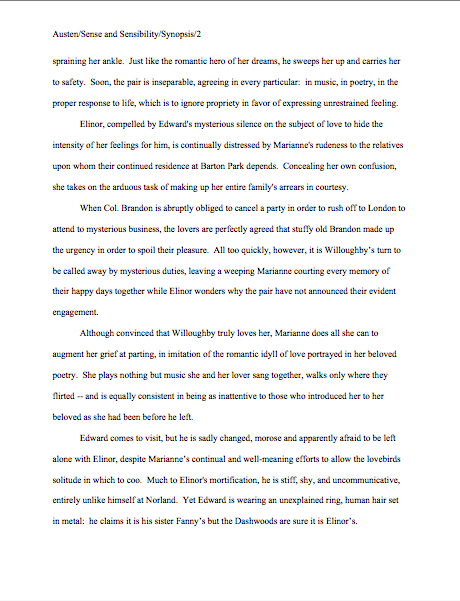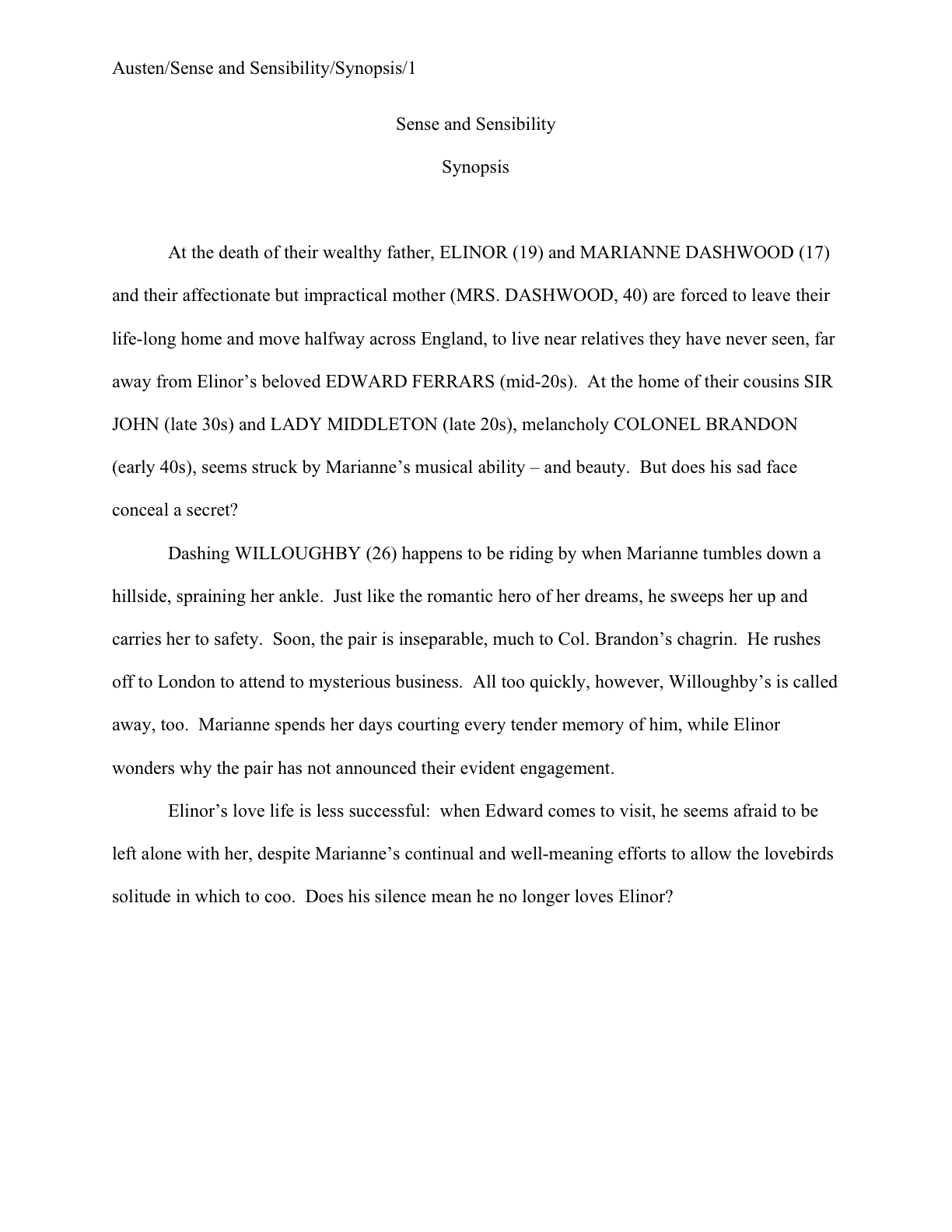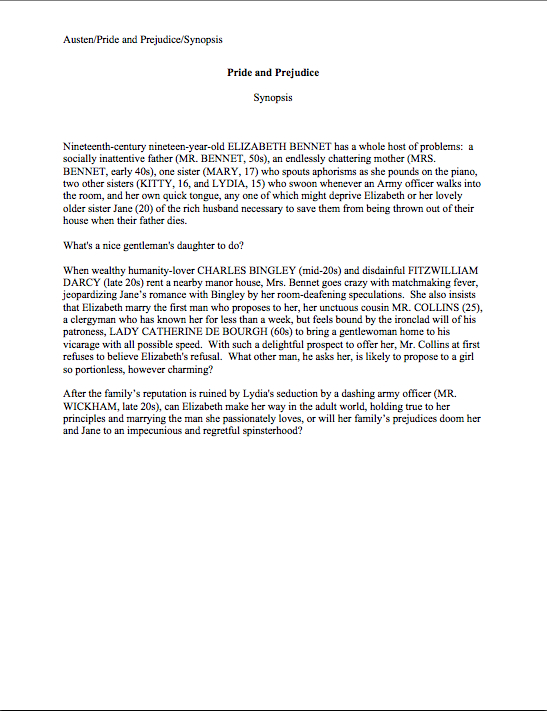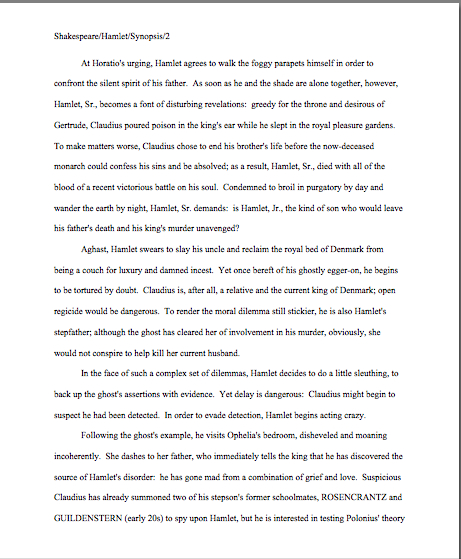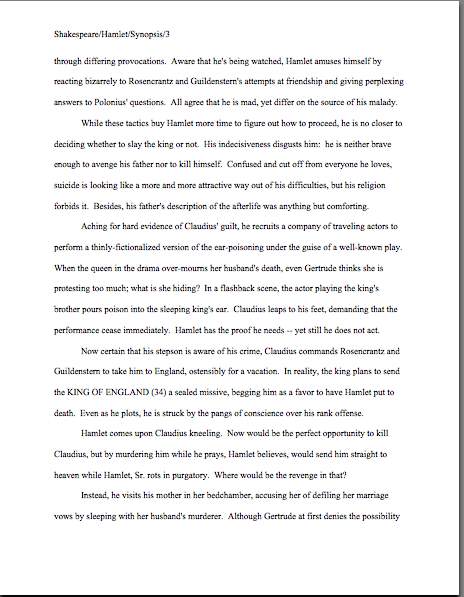Hey, I’ve got some great news for all of you penny-pinchers — and who doesn’t make a penny scream occasionally these days? FAAB Dave McChesney reports that Outskirts Press is currently offering a 10% discount on his new release, Beyond the Ocean’s Edge if you buy it directly from the publisher’s site. If you can stop tormenting those coins for a moment, you’ll find the blurb for this exciting adventure story in this earlier post. Thanks for letting us know, Dave!
Back to business. I feel a trifle guilty about not posting yesterday, I must admit. Oh, I had pretty good reasons — the pollen count was through the roof, or rather through my studio’s window. The lilac tree has evidently hit its adolescent growth spurt, and like all developing things that bid fair to be fascinating adults, it’s asserting its independence by breaking away from the bonds I have set for it and is getting in my face. I’ll spare you a description of the resultant sneezing.
The postmark deadline for the writing contest I have been planning to use as a rule exemplar, the William Faulkner/William Wisdom Literary Competition is this coming Tuesday, however, so I regret the loss of time. I have time to go over the rules and how to follow them, as well as answer any contest prep questions you might care to post this weekend, of course, so no need to panic. However, while I was sneezing my pretty little head off, I came up with a glorious plan to make the lost Thursday up to you.
Since the contest requires a 1-page synopsis to accompany book-length entries, and since most aspiring writers would, in my extensive and sympathetic experience, rather waltz with a live rattlesnake than sit down and write a 1-page synopsis, am I correct in assuming that more than a few of you planning to enter the contest have been putting it off until this weekend? Am I further correct in assuming that it would save you some time if you didn’t have to dig through my extensive archives for pointers on how to write one from scratch? And would I be crawling too far onto that interpretive limb if I presumed that it would save you a little time and more than a little chagrin if I abruptly presented you with the relevant how-to posts?
I’ll take those vague nods, exasperated sighs, and chorus of sneezes as yes, yes, and no. So I’ll tell you what I’m going to do: because I love you people and would like to be shaking several of your respective hands at the awards ceremony, I shall be reposting my ever-popular series on how to write a 1-page synopsis successfully, if hurriedly.
Tonight. All of it. Back-to-back, so you have it at your itchy fingertips.
You’re welcome. It will take a while to post them all, but if you tune in sometime after 8 p.m. Pacific time, I believe I can promise you enough to read to keep you busy.
To prepare you to turn that practical gift to its best advantage for you, right now, I’m going to polish off my observations on the touches that differentiate a successful contest synopsis from one that you might tuck with confidence into a query or submission packet.
Since most writing contests that offer prizes to unpublished books do not accept entire manuscripts — although the Faulkner/Wisdom competition does, one of the many things I like about it; I also like that it features an unusual Novel-in-Progress category, as well as a special prize for a short story by a high school student — judge that book by the first chapter (or some portion thereof) and a synopsis, the synopsis is quite a bit more important to an entry’s chances of making the finalist round than most entrants assume. Effectively, the contest synopsis is the substitute for the rest of the book.
Oh, you hadn’t been thinking of it that way? It’s only sensible: that page (or 3 or 5, depending upon the individual contest’s rules) is where you demonstrate to judges that you are not merely a writer who can hold a reader in thrall for a few isolated pages. The synopsis is where you show that you have the vision, tenacity, and — feel free to sing along; you should know the words by now — storytelling ability to take the compelling characters you have begun to reveal in your first chapter through an interesting story to a satisfying conclusion.
Or, if you happen to be entering a memoir, that you can tell your life story so compellingly and honestly, while simultaneously presenting it with a dramatically-satisfying story arc, that a reader will indeed feel as though s/he has walked the proverbial mile in your moccasins, and returned from the journey edified, enlightened, and entertained.
Or, should your tastes run toward other stripes of nonfiction, that you can articulate an important problem or unresolved question, illuminate the relevant circumstances, and offer a solution or interpretation so subtle and complex that Cicero himself would stand up and applaud. Nothing dry or mundane about the story you’re telling.
Sounds noble expressed in those terms, doesn’t it? Actually, it is: the synopsis is where you show that you have the writerly chops to plot out a BOOK, baby.
For this reason, it is imperative that your synopsis makes it very, very clear how the chapter or excerpt you are submitting to the contest fits into the overall story arc or argument of the book, regardless of whether you are submitting fiction or nonfiction. And although it pains me to tell you this, it’s exceedingly rare that a synopsis included with an entry even attempts that not-particularly-difficult feat.
Did I just notice many, many eyebrows shooting hairline-ward? “But Anne,” those of you about to pop your entries into the nearest mailboxes shout, “isn’t it self-evident where that chapter or excerpt falls? Why would I be submitting anything other than the first chapter(s) of my book to a literary contest that judges book-length work?”
Well, for starters: the rules. Quite a few contests allow writers to submit chapters other than the first. Still more do not explicitly specify: they merely tell the entrant to send X number of pages and a synopsis. And surprisingly often, rules do not insist explicitly that the entered pages fall consecutively in the book.
So ostensibly, it’s can appear to be up to the writer to decide which pages are most likely to wow Mehitabel, the veteran contest judge. Who — spoiler alert — may not have read the contest rules recently enough to recall that entering anything but the opening of the book is technically acceptable.
Well might you clutch your throat and mutter inarticulately. “What was this entrant thinking?” Mehitabel wonders, leafing through the four-page excerpt from Chapter 8, the six-page passage from Chapter 10, and the totality of Chapter 18 that make up the 25-page contest entry before her. “This reads like random notes for a planned book, not a legitimate taste of a book already written. No agent would accept this as a submission; why on earth would this writer think we accept it as a contest entry?”
In all likelihood, because the rules allowed for the possibility, even if they did not encourage it. You’d be astonished at how often contest entrants will take advantage of what they perceive to be a loophole operating in their favor, only to find that they have inadvertently violated the judges’ expectations.
Here comes the first iteration of an axiom you are going to be seeing many, many times over the next few days: read contest rules carefully. All too often, entrants merely glance at them and assume that they understand what’s expected. And then those entrants get disqualified.
Let’s say for the sake of argument, though, that feel that your best writing falls in, say, Chapter 16, not in Chapter 1. Like a sensible person, before you printed out Chapter 16 and pop it into the entry envelope, you have read through a contest’s rules with great care. You borrowed your spouse’s fine-toothed comb to go over them again, in case you missed something. Then you had your spouse, your neighbor, and your son Joey’s third-grade teacher peruse those rules, so you could compare notes.
In caucus, all of you agree that the rules do seem to allow entering an excerpt from the middle of the book. And the contest deadline is Monday, so you don’t have time to e-mail the contest’s organizers to double-check that this is indeed an acceptable option. Even if you did have time and they wrote back with their blessing, however, if you elect to pursuit this strategy, your synopsis had better make it absolutely plain where the enclosed excerpt will fall in the finished work.
Truth be told, I think it is seldom wise to submit either chapters other than the initial ones or non-consecutive excerpts from a book, even if later chapters contain writing that is truly wonderful. Why? Well, presumably, you chose to begin your manuscript at a certain point in the story for a reason; asking Mehitabel to jump into it somewhere else might well require her to know information that the chapter you submit does not contain. If a reader would normally know by page 5 that angel-faced Georgette is a murderous maniac in cheerleader’s clothing, and Mehitabel reads only pp. 57-82, she may well be confused when Georgie slashes up that nice math teacher on page 76.
Non-consecutive excerpts are even more likely to confuse. They require the judge to make the logical connections between them — which the judge may not be inclined to do in a way that is in your best interest. An uncharitable judge might, for instance, draw the unkind inference that you had submitted the excerpts you chose because they were the only parts of the book you had written — a poor message to send in a category devoted to book-length works. Or that you simply can’t stand your introductory chapter, the pages upon which Millicent the agency screener would naturally base her opinion if you submitted the manuscript to an agency.
Did some of you just do a double-take? No agent or editor in the world, is going to accept random excerpts from a book for which she’s been queried: she is going to expect to see the first chapter, or first three chapters, or some other increment up to and possibly including the entire manuscript. But no way, no how is an agent or editor going to ask to see unrelated excerpts out of running order.
Well, okay, not unless the submitter is a celebrity for whom it would be a stunning surprise to the industry if s/he could string three coherent English sentences together. But in that case, the celebrity would be selling a platform more than the writing itself, right? And in any case, that’s why God invented ghostwriters.
Since reputable contest judging is blind, that last scenario is unlikely to arise, anyway. So a judge might safely conclude that the entrant who mailed in this patchwork document isn’t anywhere near ready to submit work to professionals. In other words: next!
This is not, in short, a situation where it pays to rely upon the kindness of strangers, but I can already hear some of you quietly tucking page 147 into your entry packet. Fine. If you have decided, over my strenuous objections, to use non-contiguous excerpts, here is some advice on how to do it in the manner least likely to annoy Mehitabel.
First, place your synopsis at the top of your entry packet, before the manuscript pages, unless the rules absolutely forbid you to do so. That way, you will maximize the probability that the judge will read it first. Second, make sure that the synopsis makes it pellucidly clear that these excerpts are far and away the most important parts of the book for some reason other than the beauty of the writing.
Oh, you may giggle, but by embracing the offbeat strategy, you’ve added another responsibility to the synopsis’ usual task of showing the overall story arc or argument of the book. Basically, the role of the synopsis in this instance is to make the judges eager to read these particular excerpts.
Obviously, this means that your storytelling skills had better be at their most polished, to meet the challenge. But really, why would you want to raise an already lofty bar this much higher?
As for selecting a chapter other than the first for submission, effectively starting midway through the book, I would advise against it, too, even if when contest rules explicitly permit the possibility. If you must, however, you should again position your synopsis on the top of the pile, and that synopsis should present the chapter you are including as the climax of the book.
Yes, even if it isn’t. I can only assume that you have your reasons for wanting to stick Chapter 17, rather than Chapter 1, under Mehitabel’s bloodshot eyes; since that is the case, surely you can make a convincing argument that it’s the correct choice, despite the significant disadvantage any judge will face in figuring out what happened in Chs. 1-16.
“But Anne,” I hear some of you point out, “the opening to my Chapter 58 knocked the socks off my mother, nearly slayed my writing teacher, and left my critique group in a state of panting incoherence. Are you saying that I shouldn’t loose that level of brilliance upon a contest judge, just because she might — silly person — want to know what anyone else who read that far in the book would already know?”
Before I answer that directly, let me acquaint you with some of the more salient’ arguments against beginning your entry at any point other than the beginning of the book. In the first place, the judge may well draw the same set of uncharitable inferences as with the non-continuous excerpts, and dismiss your submission as not ready for the big time.
Remember, they are typically judging marketability as well as writing quality. As I have mentioned repeatedly over the last couple of weeks, contest organizers love it when their winners move on quickly to publication. If your submission looks like it needs a couple of years’ worth of polishing to become market-ready, it is unlikely to win a contest, even if you are extremely talented.
In the second place, while your best writing may well lie later in your book, the advantage of starting at the beginning is that the judge and the everyday reader will have an equal amount of information going in. I’ve known a LOT of contest judges who resent having to go back and forth between the synopsis and the chapters to figure out what is going on.
Oh, please don’t look so sad. There is a sneaky way to get around this problem — but I’m afraid I would have to scold you if you did it.
So while you did not, of course, hear it from me, there is no contest in the world that is going to make you sign an affidavit swearing that your entry is identical to what you are submitting to agents and editors. If you win, no one is later going to come after you and say, “Hey, your book doesn’t start with the scene you entered in the contest!”
And even if someone did, so what? Professional writers change the running orders of their books all the time. And titles. And the name of the protagonist’s baby sister. Pretty much no one in the industry regards a manuscript as beyond revision until it is sitting on a shelf at Barnes & Noble. With nonfiction books that go into subsequent editions, sometimes not even then.
Thus, in theory, a clever entrant who feels her best writing occurs fifty pages into her novel might, for the purposes of competition alone, place her strongest scene first by starting the entry on page 50. Labeling it as page 1, of course, precisely as if the crafty soul’s book actually did begin there.
To put it in a less clever way: go ahead and submit your strongest chapter, tricky one — but for heaven’s sake, do not label it as Chapter 8. Label it as Chapter 1, and write a new synopsis for a book where Chapter 8 IS Chapter 1. Just make sure that your synopsis is compelling and lucid enough that it makes sense as a story told in that order.
“Is there a problem, officer?” this shifty-eyed writer could then say, batting large, innocent eyes. “I just don’t like linear narratives, that’s all. I simply wanted to open with a prologue from later in the story, then leap back to Chapter 1.”
The synopsis would have to be revised, naturally, to make it appear that this was indeed the usual running order of the book. Then, too our heroine would have to edit the submitted pages carefully, to make sure that there is nothing in the skipped-over pages that is vital to understanding what happens in the chapters presented in the entry.
The job of the synopsis, then, in the hands of this tricky writer, would be to cover up the fact that the entry starts in the middle of the book. It would be just our little secret. Or it would be, if I knew about it.
Which I don’t. Look, isn’t that Superman flying by the window?
Are those eyebrows creeping skyward again? “But Anne,” some of you tireless running order-huggers maintain, “my story doesn’t make sense told out of order, but I don’t feel that the book’s opening shows off my writing skills more effectively than a section later in the book. Does that mean I am I doomed to submit Chapter 1, just so the synopsis makes sense?”
Okay, come closer, and I’ll whisper a little secret that the pros use all the time: it’s perfectly acceptable in most fiction genres, and certainly in memoir, to open the book with a stunningly exciting scene that does not fall at the beginning of the story, chronologically speaking. It’s usually called a prologue, and it’s slapped onto the beginning of the book, before the set-up begins.
Does this seem a tad dishonest? It isn’t, really; it’s an accepted trick o’ the trade. If you trawl in bookstores much, you’ve probably seen this technique used in a novel or twelve lately. It’s become rather common in submissions, for the simple reason that a book that bursts into flame — literarily speaking — on page 1 tends to be a heck of a lot easier to sell to agents and editors than one that doesn’t really get going until page 27.
And that’s doubly true of contest entries, which judges are often reading for free and in their spare time. Don’t underestimate the competitive value of not boring them; a staggeringly high percentage of manuscripts start pretty slowly.
You can and should take advantage of that fact, you know. Generally speaking, anything you can do to place your best writing within the first few pages of your contest entry, you should do. Judges’ impressions tend to be formed very quickly, and if you can wow ’em before page 3, you absolutely should.
Just as with work you submit to agents, the first page of your entry is far and away the most important thing the judges see — which is why, unless an entry features mid-book excerpts, the author’s platform is truly stellar, or the contest’s rules specify a particular order for the entry packet, I advise placing the synopsis AFTER the chapters in the stack of papers or e-mailed document, not before.
That way, your brilliant first page of text can jump out at the judges. (After the title page, of course.) And if you can include some very memorable incident or imagery within the first few paragraphs of your chapter, so much the better.
Why, yes, that is a different running order than I advised for the tricky. How observant of you.
One final word to the wise: whatever you do, try not to save writing your synopsis for a contest for the very last moments before you stuff the entry into an envelope. Synopsis-writing is hard; budget adequate time for it. You’re going to want to make absolutely sure that the synopsis you submit supports the image of the book you want your submitted chapter to send.
Okay, so I’ll admit that’s kind of strange advice, coming from someone planning to provide a crash course in one-page synopsis-writing this very evening, with an eye to contest entries going out on Monday. I can only provide guidance; I cannot bend the space-time continuum to my will. And heaven knows I’ve tried.
Tomorrow, I shall begin to cover the super-common entry mistakes that tend to raise even the most tolerant judges’ hackles, due to sheer repetition. Feel free to keep posting questions about synopses as you write them, though, and keep up the good work!















